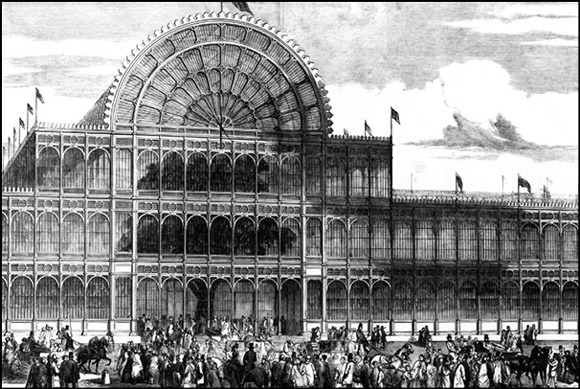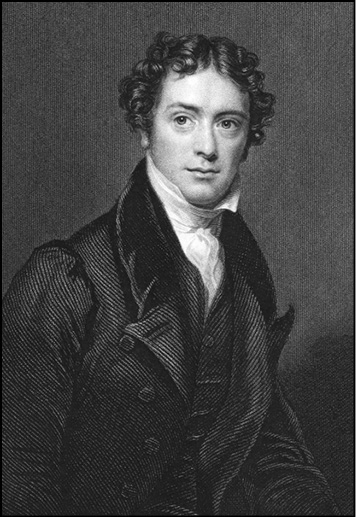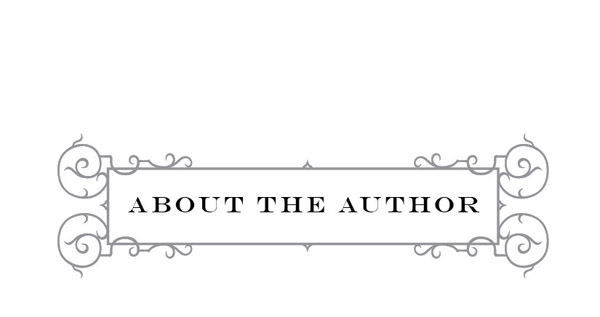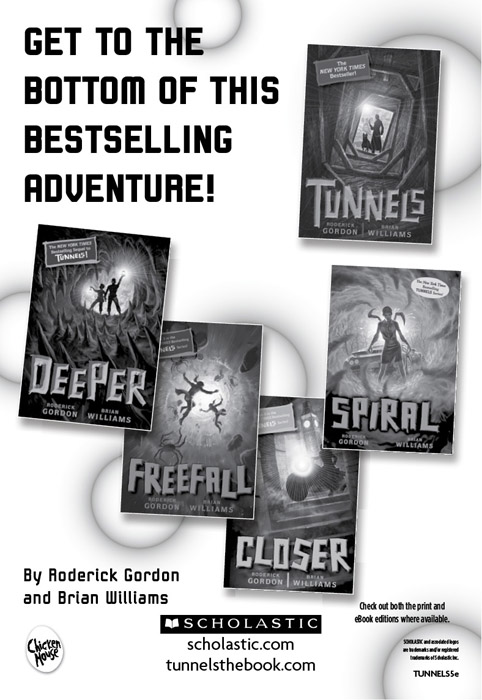Authors: Kieran Larwood
Freaks (25 page)
The Elephant Man
Like most unfortunates who suffered from medical conditions at the time, there was nothing to be done to help him. He was also unable to work to support himself, and so the only option left was to put himself on display.
He ended up in a sideshow in the Whitechapel district of the city, not very far from the site I chose for the Peculiars' house. His owner was very unkind to him, but luckily Merrick was spotted by a surgeon from the nearby London Hospital and then given rooms inside the hospital itself. He still had to go on show as a medical curiosity, but his standard of living was much better, and he even became a celebrity of sorts.
Shows like the one Merrick the Elephant Man ended up in were common all over the Western world, right into the twentieth century, but the stereotype of a freak show seems to be rooted in the dark corners of Victorian London.
HE
G
REAT
E
XHIBITION
Another completely different kind of spectacle was the one taking place in Hyde Park in 1851. The year before, some very important Victorian gentlemen (led by the Queen's husband, Prince Albert) decided that it was time Britain did a bit of showing off. They planned an enormous exhibition for countries of the world to display their trade and industries, and set about building a colossal iron-and-glass structure to house it in. The building soon became known as the Crystal Palace, and when it opened, it was an attraction the likes of which had never before been seen. More than six million people came to visit it â some of them traveling on newfangled steam trains for the first time just to get there.

The Crystal Palace
The Great Exhibition was intended to show the power and potential of new industrial technology. But since most of the new technology was British, it was really a chance for Britain to make itself look good. Even so, there were exhibits from all over the world, organized into rooms and galleries for the public to tour. The work that went into the construction and staging of the event was incredible. It even required the invention of the first ever public lavatories.
For the admission price of sixpence, you could see amazing new machinery for farming and manufacturing: contraptions for spinning cloth, making envelopes, and harnessing the power of wind and water. There were samples of minerals and produce from every country, models of buildings and warships â even pictures created from human hair. Because it was an exhibition for business, there were no paintings, but sculptures were somehow allowed. Bronze statues of Adam and Eve stood next to depictions of Queen Victoria and Prince Albert themselves.

Egyptian Court Exhibition
Perhaps the most interesting exhibits were the strangest. There was a machine for tipping you out of bed, a penknife with eighty blades, and a series of miniature scenes from everyday life with stuffed squirrels as the characters. And did I mention the pictures created from human hair?
There was also the famous Koh-i-Noor diamond. As the biggest diamond in the world, it was one of the main attractions. Unfortunately it was a big disappointment, too, because it wasn't lit very well and didn't sparkle. After the exhibition, the diamond was re-cut and added to Victoria's crown jewels.
ARADAY
One of the planners and judges for the Great Exhibition was Michael Faraday, a scientist famous for his research into electricity and electro-magnetism. Whilst he did invent several machines for creating electric motion, I'm afraid the Impulse Generator never actually existed â I just made it up.

Michael Faraday (1791â1867)
In Victorian times, little was known about electricity. Most people considered it a bit of a novelty that could never actually be used for anything worthwhile. In 1851, steam power was the way forward, and nobody thought that electric energy would ever match it.
In another connection to the story, Faraday was very concerned about the pollution in the River Thames. He even wrote a letter to the
London Times
about it, describing his journey down the pungent river one morning: “The smell was very bad, and common to the whole of the water; it was the same as that which now comes up from the gully-holes in the streets; the whole river was . . . a real sewer.”
The issue soon became a serious one. The river's stench grew to such epic proportions that the hot summer of 1858 was known as the “Great Stink.” The smell was so bad that the Houses of Parliament, which are located right along the Thames, had to close. It was only then that the government decided to do something about the rampant pollution: The resulting amazing Victorian sewer system still exists today.

That should give you a basic understanding of London at the time of
Freaks.
Throughout the book, I have tried to be quite accurate with all the background and description, although of course I've let my imagination run away when it comes to the story. If you take out all the villains, freaks, clockwork automatons, and anything else that seems a bit improbable, you should be left with a good idea of what Victorian London felt, sounded, and most of all
smelt
like. A fascinating place to visit in a book, but would you really want to live there?

Huge thanks to Claire and Marek for all their support, and also to everyone at Chicken House, especially my amazing editors Imogen Cooper, Rachel Leyshon, and Christine O'Brien.

Kieran Larwood is a kindergarten teacher on the Isle of Wight, where he lives with his wife and children.
Freaks
, his debut novel, is the winner of the fourth annual Chicken House/
London Times
Children's Fiction Competition. Visit him at:
www.kmlarwood.com
and follow him on Twitter @kmlarwood.



